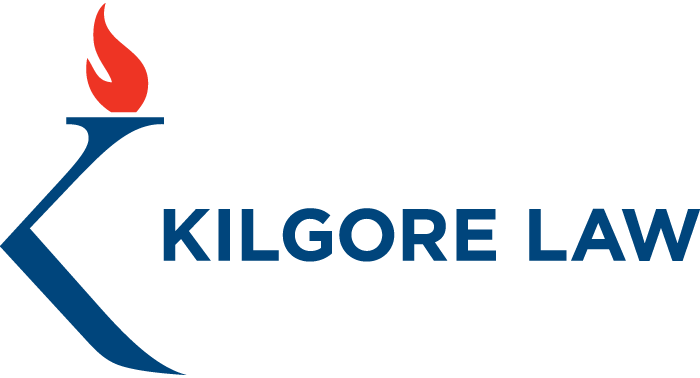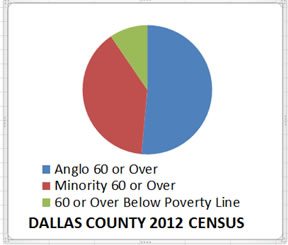In the 1980 comedy blockbuster, Nine To Five (currently rated as the 20th highest grossing comedy of all time), three female employees, played by Jane Fonda, Lily Tomlin, and Dolly Parton, endure all manner of sexual harassment and discrimination from a workplace superior, played by Dabney Coleman. Ultimately, the trio takes matters into their own hands – quite literally – kidnapping the Coleman character and instituting numerous workplace changes in his absence.
The movie’s premise may seem farfetched, but the employees’ need for “self-help,” rather than legal remedies, was not as outlandish as we may now believe. Although Title VII of the Civil Rights Act, prohibiting gender discrimination in employment, was first passed in 1964, it would be another 22 years, in 1986, before the United States Supreme Court first mentioned the concept of a sexually-based “hostile working environment.” Meritor Sav. Bank, FSB v. Vinson, 477 U.S. 57, 106 S. Ct. 2399 (1986). Ironically, the prohibition against gender discrimination in Title VII was the product of a last-minute amendment to the bill sponsored by Republicans and Southern Democrats, apparently believing that the concept of a ban on gender discrimination would discourage northern and western state Senators from supporting the bill. See Vinson, 477 U.S. at 63, 106 S.Ct. at 2404 (“The prohibition against discrimination based on sex was added to Title VII at the last minute on the floor of the House of Representatives”).
Having suggested a sexually-charged, and hostile, work environment constitutes sexual discrimination under Title VII, the Supreme Court failed to give any meaningful guidance as to when an employer becomes legally responsible for a “hostile work environment.” Twelve years later, in a series of two separate decisions, Burlington Industries, Inc. v. Ellerth, 524 U. S. 742 (1998); Faragher v. Boca Raton, 524 U. S. 775 (1998), the Supreme Court attempted to answer this question.
The Faragher decision is particularly critical to understanding the Supreme Court’s recent decision in Vance v. Ball State University, — U.S. –, 133 S. Ct. 2434 (2013), the subject of this article. Beth Ann Faragher worked for the City of Boca Raton as a lifeguard during summers while she attended college, but finally resigned early one summer. She later claimed that several male employees – including Bill Terry and David Silverman — subjected her to a hostile work environment. Terry hired new lifeguards, supervised all aspects of a lifeguard’s work assignments, and delivered oral reprimands. Silverman made the lifeguards’ daily assignments and supervised their work and fitness training. According to Faragher, both men repeatedly made lewd remarks and spoke of women in offensive terms. More specifically, she claimed that Terry stated that he would never promote a woman to the position of lieutenant, and Silverman demanded that Faragher date him “or clean the toilets for a year.” The federal trial court ruled in favor of Ms. Faragher, concluding that she had been subjected to an impermissible hostile work environment, and that the City of Boca Raton was legally liable for the conduct of Terry and Silverman. The Supreme Court ultimately agreed to hear the matter, affirming the trial court’s ruling.
“An employer,” the Court held, “is subject to vicarious liability to a victimized employee for an actionable hostile environment created by a supervisor with immediate (or successively higher) authority over the employee.” Id. at 807, 118 S.Ct. at 2292-93. The Court reached a similar conclusion in its companion case, Burlington Industries, Inc. v. Ellerth, 524 U. S. 742 (1998).
The Court intended to draw a bright line in these two cases: an employer is liable anytime a “supervisor” is engaged in discrimination or harassment. The simplicity of this rule was too good to be true, however, as courts struggled for years thereafter with the fundamental issue of deciding who is, or isn’t, a “supervisor.” As more employers rejected traditional models of organization, this question became even more muddied.
Thus, following Faragher and Ellerth, the courts knew that only actions by “bosses” would subject an employer to automatic liability, but the courts had been provided with basically no guidance as to who a “boss” might be. The lower courts adopted two general approaches for determining who is, or is not, a “supervisor” for purposes of establishing an employer’s potential liability. The first approach – adopted by at least two federal appellate courts and the federal Equal Employment Opportunity Commission — was contextual: a supervisor is anyone who had the “ability to exercise significant direction over another’s daily work.” Under this contextual definition, a supervisor need not have the ability to hire, fire, promote, transfer, or demote, but simply an ability to direct the work of another employee. For example, in Mack v. Otis Elevator Co., 326 F.3d 116 (2d Cir. 2003), Yasharay Mack, an African–American woman, worked for the Otis Elevator Company as an elevator mechanic’s helper at the Metropolitan Life Building in New York City. James Connolly, the “mechanic in charge” and the senior employee at the site, targeted Mack for abuse. He commented frequently on her “fantastic ass,” “luscious lips,” and “beautiful eyes,” and, using deplorable racial epithets, opined that minorities and women did not “belong in the business.” Connolly lacked authority to take tangible employment actions against mechanic’s helpers, but he did assign their work, control their schedules, and direct the particulars of their workdays. The Second Circuit Court of Appeals – covering New York, Connecticut, and Vermont –concluded that Connolly was a “supervisor” under this functional approach: “Not only did he direct the particulars of each of Mack’s work days, including her work assignments, he was the senior employee on the work site. He therefore possessed a special dominance over other on-site employees, including Mack, arising out of their remoteness from others with authority to exercise power on behalf of Otis.”
In contrast, other federal appellate courts had adopted a more formalistic approach, concluding that a “supervisor,” for purposes of imputing liability to an employer, was limited to those persons who had actual authority to impact the terms and conditions of the employer, specifically, to “hire, fire, demote, promote, transfer, or discipline” an employee. For example, in Noviello v. City of Boston, 398 F.3d 76 (1st Cir. 2005), the plaintiff worked as a parking officer for the City of Boston. One of her co-workers ripped off her bra, an incident that the plaintiff properly reported to her superiors. Thereafter, however, her co-workers began to “bust her chops,” and her co-workers in charge of her daily assignments assigned her to different meal breaks, refused to pick her up during snow storms, and other similar, derisive conduct. However, the federal appellate court held that the City of Boston was not necessarily responsible for this boorish behavior, noting that “[w]ithout some modicum of this authority [to hire, fire, promote, or demote], a harasser cannot qualify as a supervisor for purposes of imputing vicarious liability to the employer in a Title VII case, but, rather, should be regarded as an ordinary coworker.”
In short, a shift supervisor in New York may impose liability upon his employer, but 150 miles away, wrongful conduct by the same shift supervisor in Boston would not result in an employer’s responsibility. Lawyers sought a uniform answer from America’s highest court.

